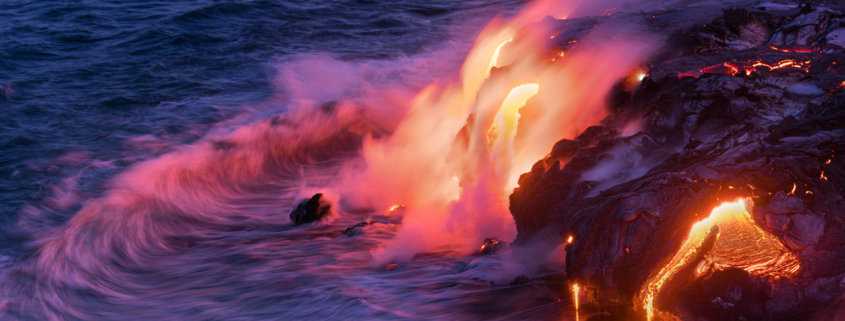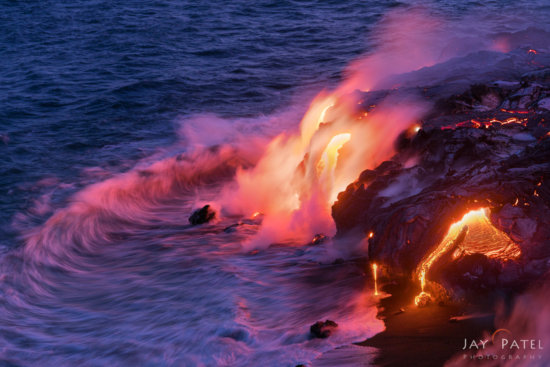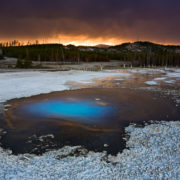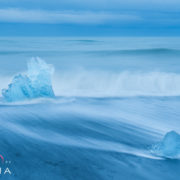Go Beyond Photography Composition Rules to Create Impact
When I began my journey into landscape photography, I was inundated with information about the rules of composition—the rule of thirds, leading lines, symmetry, and so on. Yet, I quickly realized that simply following these guidelines didn’t always result in images with that elusive “WOW” factor. It left me wondering: why do these rules sometimes fail to deliver? And if they do, what’s the secret to creating impactful photography compositions that truly stand out?
Over time, I discovered that landscape photography composition isn’t just about adhering to rules. These principles are foundational, but creating images that captivate and inspire requires you to go beyond them. The key is to build your photo around your subject. This means deliberately using the rules—and breaking them when necessary—to highlight your subject and create visual impact.
Here’s how you can build a compelling compositions by centering your photos around your subject:
Photography Composition for Lava Flows
Imagine you’re on an adventure photographing lava flows on Hawaii’s Big Island. The dramatic scene can overwhelm your senses. The sight, the sound, the smell, and all the other senses will compete for your brain’s attention. At this point, you have to take a step back and reflect on what you want to photograph and define your subject matter. In this case, it was clearly the lava flow.
First Attempt: Sticking to Rules of Composition
Initially, you might apply the rule of thirds and position the horizon in the upper third of the frame to capture the lava flow. If you do, you may end up with something like this:
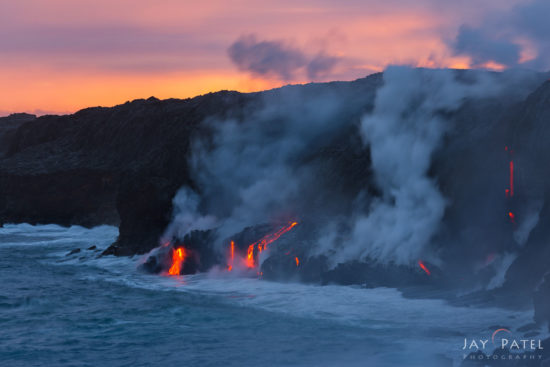
Photography Composition using Rule of Thirds: Horizon placed near upper third, image broken up into three layers
While this creates a pleasing landscape photography composition, other issues arise. The lava flow occupies only a small portion of the frame, as seen in the image below. The dark foreground becomes dead space, contributing little to enhance your subject. The stunning sunset competes for attention with your subject, and the foreground to the right of the frame is out of focus. In the end, this landscape photo is not more effective at highlighting your subject even thought you have tried to follow rules of composition.
So, how do you create a landscape photo with impact that truly highlights the lava flows?
Building a Photo Around the Lava Flow
The answer is surprisingly simple. When approaching photography composition, I start by defining my subject and then build the photo around it. Once I’ve identified the subject, I use elements of composition—such as light, textures, contrast, and even the rules of composition—to draw the viewer’s attention to it. But I don’t stop there. I work within the limitations of my equipment and choose the right camera settings to enhance the subject. I also make a point to avoid distracting elements and dead space, ensuring the subject clearly stands out. Sometimes, this means breaking traditional composition rules to achieve the desired result.
Using this approach, I was able to create an image where the subject—the lava flow—truly stands out. Here are some of the key decisions I made to achieve this stunning composition:
- Simplifying the composition: I focused solely on the lava flow as the subject, excluding competing elements like the sunset.
- Using a telephoto lens: I used a 200mm lens to fill the frame with the lava flow, reducing distractions and eliminating the dead space seen in earlier attempts.
- Timing for twilight: I waited for twilight, allowing the lava to illuminate the surrounding smoke and water, creating tonal contrast that draws attention to the subject.
- Slowing the shutter speed: By using a slow shutter speed, I created natural leading lines that guide the viewer’s eye directly to the lava flow.
By prioritizing your subject and carefully using compositional elements like contrast and texture, you can create a striking image that captures the viewer’s attention.
One might argue that I was fortunate to find a lava flow close enough to photograph with a 200mm lens. But what if your subject is out of reach due to equipment limitations? Let’s explore how to build an exceptional composition even when a 200mm lens isn’t sufficient to capture the subject matter.
Overcoming Equipment Limitations: Puffin Photography
One of the best things about going to Iceland during the summer is to be able to photograph the gorgeous puffins. Photographing puffins in Iceland presents a different challenge. With only a 200mm lens, capturing these colorful birds’ intricate details can be difficult. My first attempt to photograph the puffins with a 200mm lens on a crop body resulted in images that looked like these.
Initial Attempts: Following Rules Without Impact
My early shots followed standard photography composition rules: placing the puffin according to the rule of thirds, ensuring the bird faced into the frame, and avoiding distracting backgrounds. Yet, despite adhering to these guidelines, the images still felt lackluster.

First attempt at creating a pleasing wildlife photography composition with 200mm telephoto lens | Puffins, Grimsey Island, Icelanad
he main reason for this lack of impact was that the photos weren’t built around the subject. Instead, they relied solely on composition rules. To create a compelling image, I had to step back and ask myself, “Why do I love photographing puffins?” The answer was clear: puffins are stunning birds with vibrant, colorful beaks and striking black-and-white patterns. Unfortunately, my longest lens on a crop sensor body couldn’t adequately capture the details that make these birds so captivating.
Creating Visual Impact with Puffin Photography
My next step was to go puffin hunting (with a camera) to capture those unique features. To achieve this, I needed to get closer to the birds. With my equipment limitations, the only feasible way was to find puffins sitting on the ground. This effort led to my next attempt, resulting in the images below.
As you can see, the puffins I was trying to photograph were competing with the background, making it difficult to highlight their beauty. To solve this, I needed to find a background that was farther away from my subject. My next task was to locate puffins sitting on a rock on a high cliff, where I could better isolate them. To get closer without disturbing them, I used tall grass and other low-growing vegetation as cover.

Wildlife photography composition using foreground element and shallow DOF to conceal bird poop – Grimsey Island, Iceland
This approach allowed me to build my photo around the subject using the following photography workflow:
- Get closer to the subject: By using tall grass and vegetation to conceal my approach, I was able to get close enough to fill the frame with the puffin.
- Simplify the background: I selected birds perched on distant rocks, which created a clean, blurred background using a narrow depth of field (using wide aperture setting).
- Incorporate foreground elements: Including foreground elements like tall grass added depth to the image and helped mask unappealing details, such as bird droppings.
- Use rules of composition: I positioned the puffin to look into the frame using the rule of thirds, enhancing the visual appeal of the image.
The result is a photograph that emphasizes the puffin’s vivid colors and striking patterns while maintaining a harmonious and balanced composition.
Key Takeaways for Impactful Photography
Photography composition isn’t just about memorizing and applying rules—it’s about understanding how to use those rules to emphasize your subject and create visual impact. While the rule of thirds, leading lines, and other composition guidelines are helpful starting points, they’re only tools in the process. The real magic happens when you thoughtfully build your photo around your subject.
By simplifying your frame, removing distractions, and incorporating elements like light, contrast, and texture, you can create images that resonate with viewers. Whether you’re capturing the fiery drama of a lava flow or the delicate beauty of a puffin, focusing on your subject and deliberately shaping the composition around it will elevate your photography from ordinary to extraordinary.
Now it’s your turn—get out there, define your subject, and experiment with building impactful compositions. With practice, you’ll not only capture stunning images but also develop your unique photographic voice.

